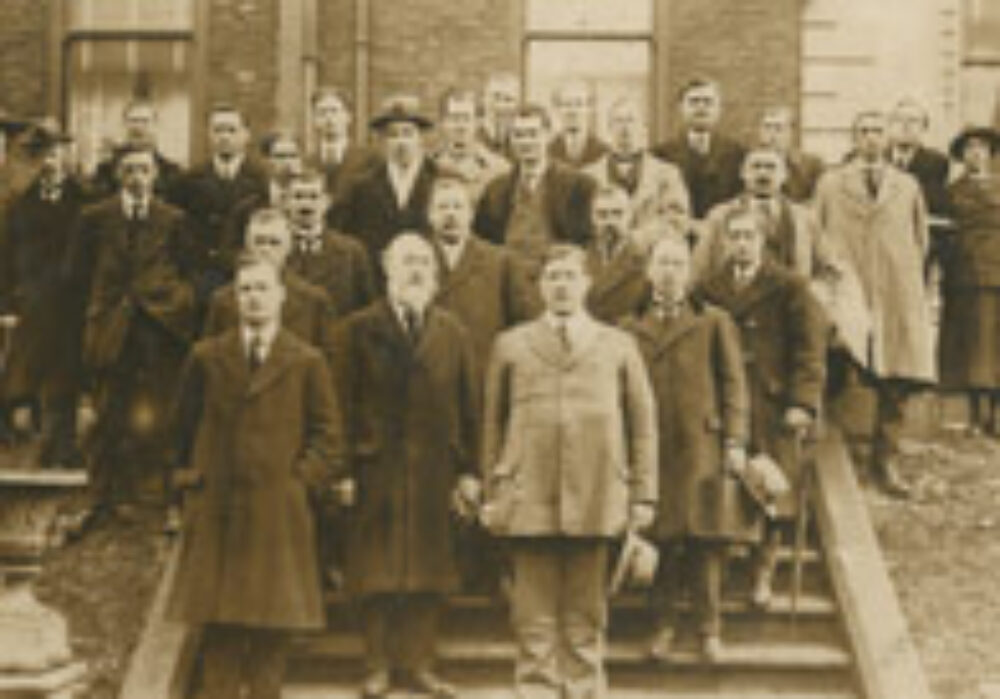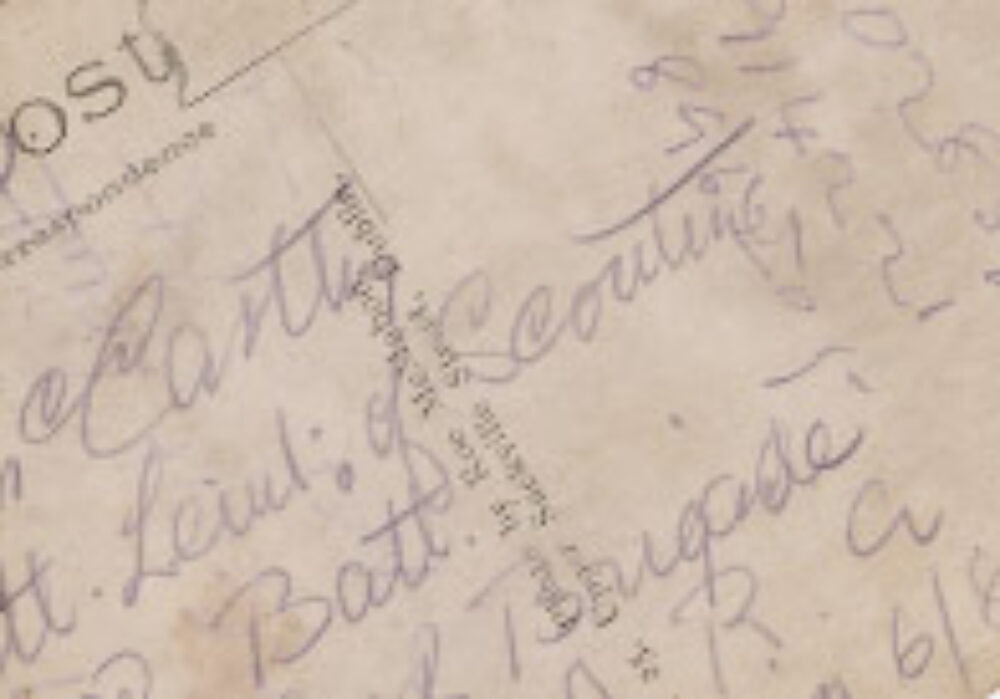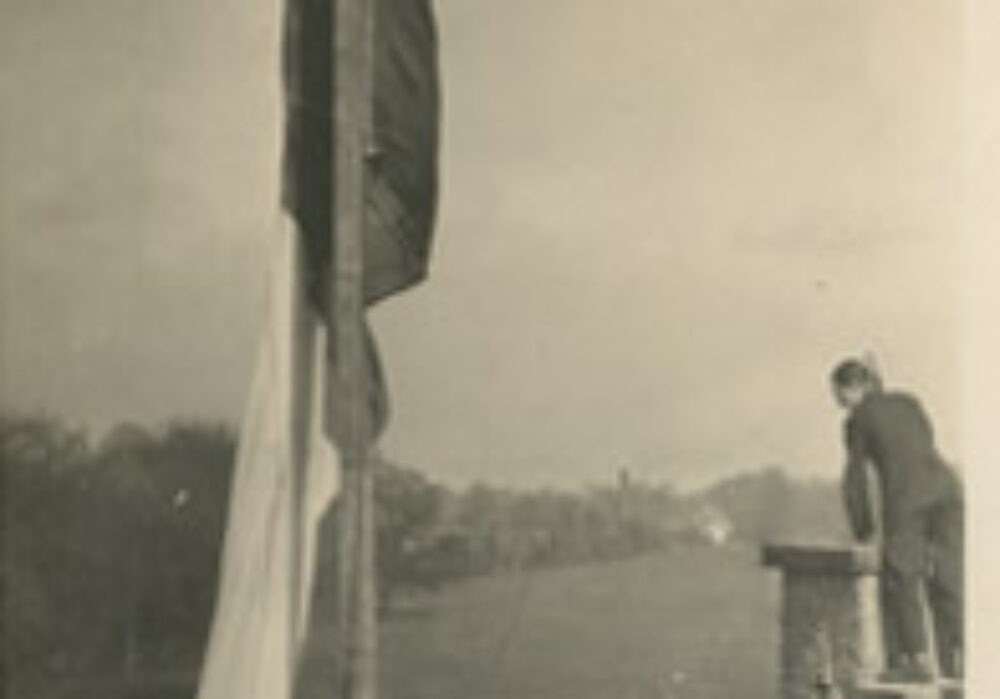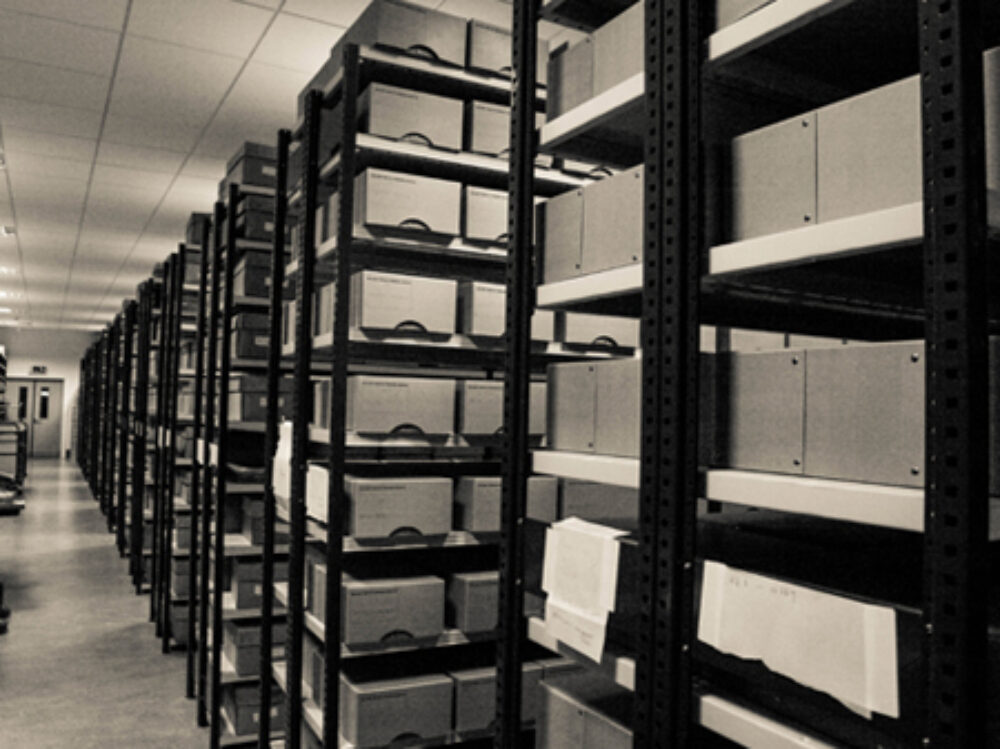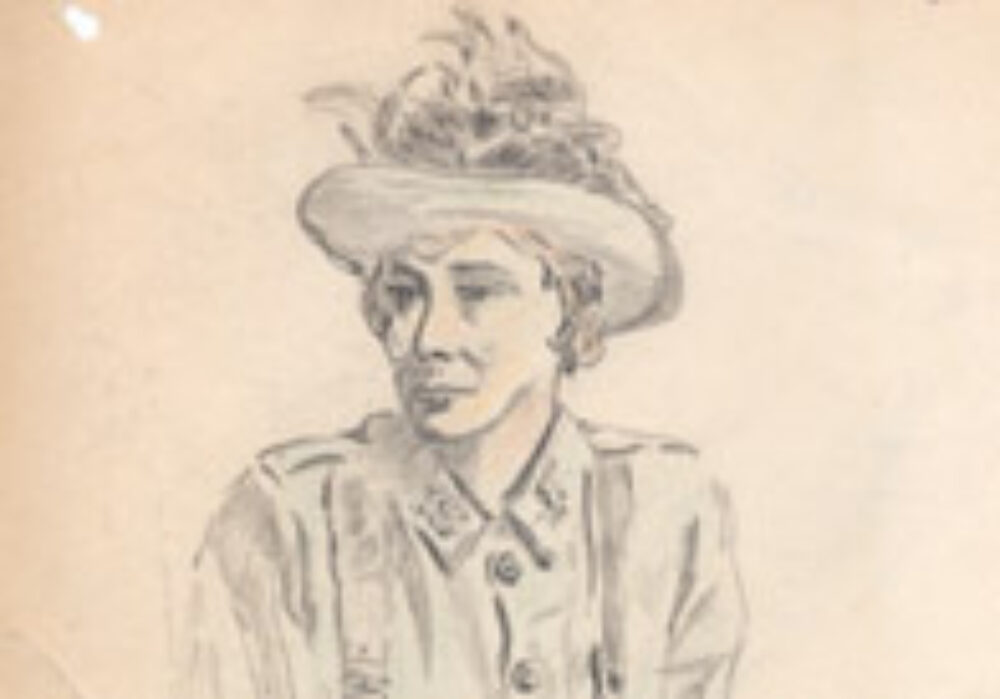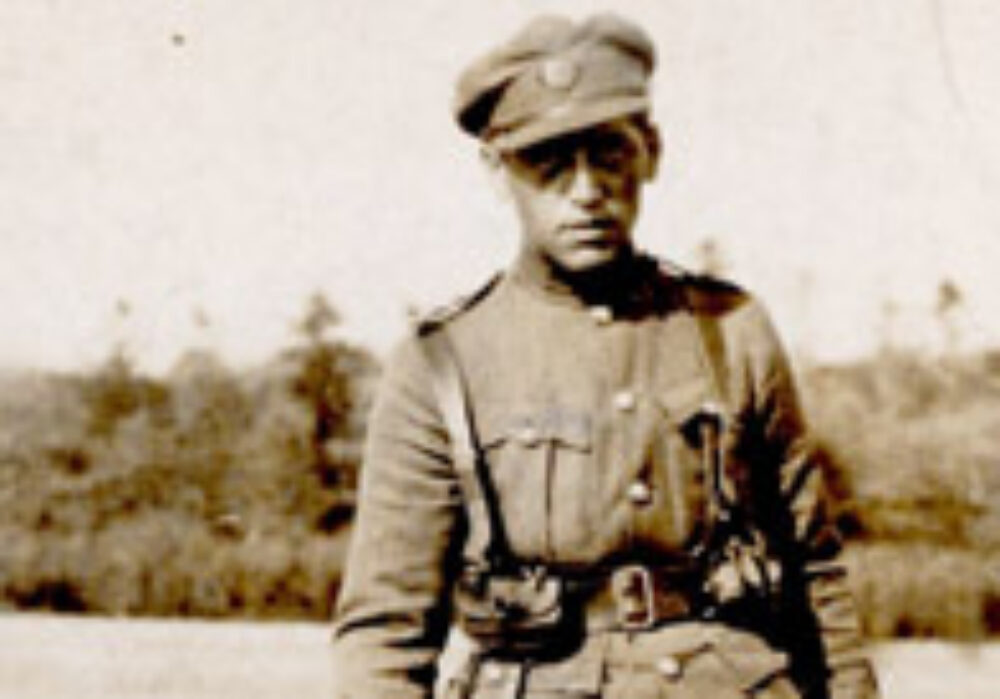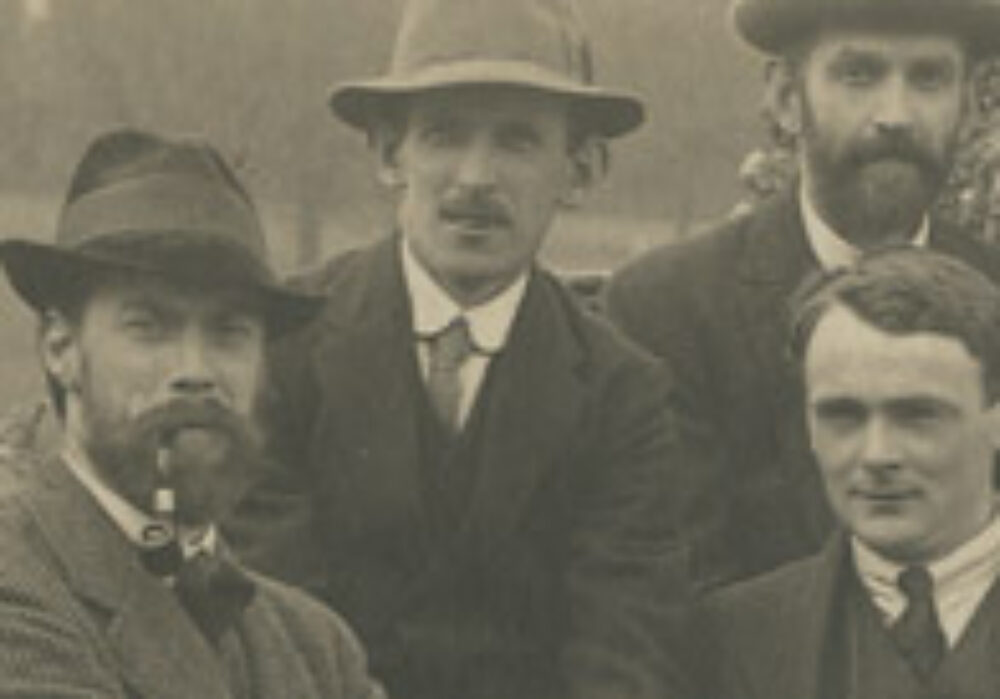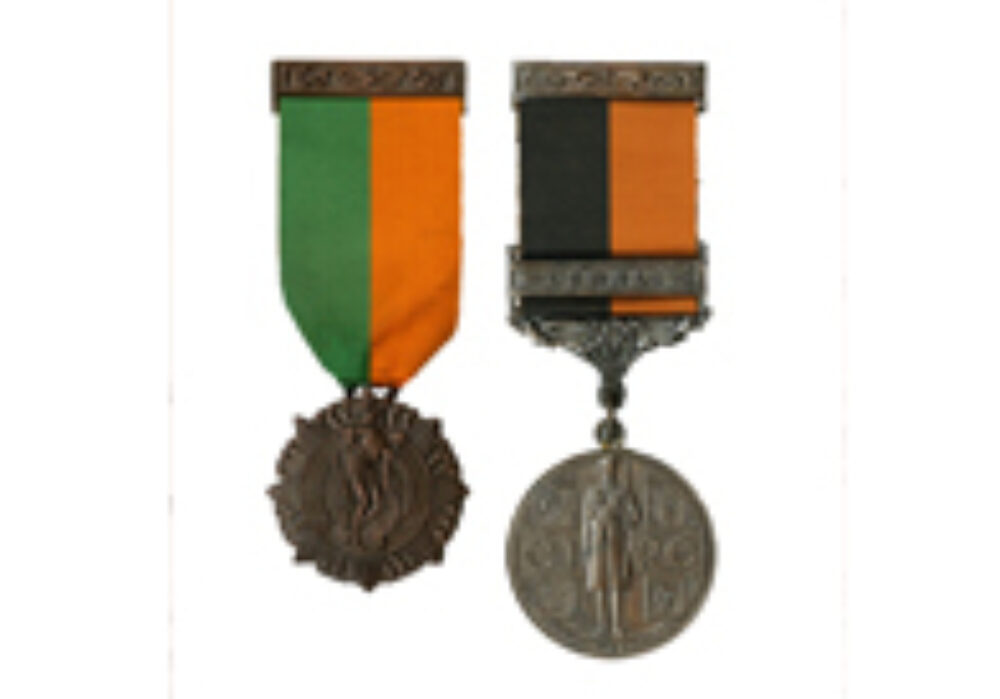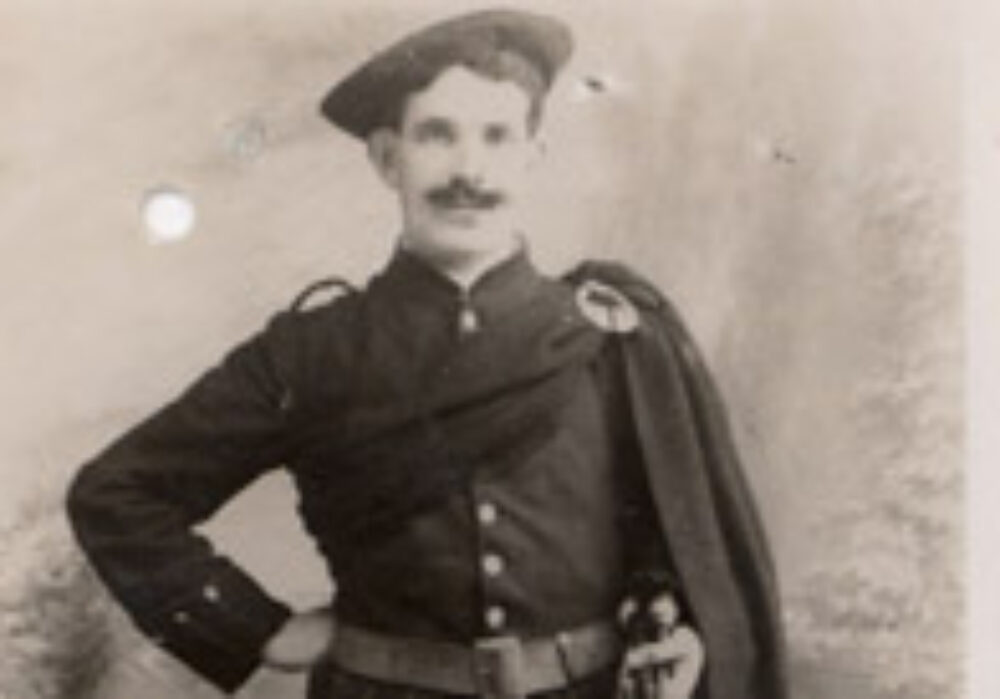Introduction and Project overview
The direction given by Assistant Secretary Maurice Quinn of the Department of Defence to the Project Manager to deliver the Military Service Pensions Collection to the public through the Military Archives was clear and straightforward. Of prime importance was to be the development of a preservation programme, enabling the long term preservation of the original records, and to release all the material in the collection to the public in accordance with the National Archives Act, 1986. The records were to be released on or before Easter 2016, using a team of four archivists. Accordingly, from the outset, preservation and access were among the critical aspects faced by the Project Team. In addition, the project would be aided with oversight and direction from a Steering Committee. This would comprise representatives from The Taoiseach’s Department, The Department of Defence, The Defence Forces and The National Archives
A survey of the files in the collection, including those stored at the Military Archives, at Finance Branch of the Department of Defence at Renmore, Galway and in the central registry of the Department at Parkgate, indicated that the project comprised a complex collection with some 40 to 50 different file series and numbering about 270,000 to 300,000 individual files. The non active files of relevance to the collection and identified in the offices of the Department of Defence were handed over to the project team.
The case for preservation and access
As the project team assembled, preservation commenced immediately. Files were processed: physically cleaned, metal, treasury tags and other ties were removed and duplicated material of no archival significance was shredded. Arrangements were put in train to establish an in house laboratory and a programme for the conservation of badly damaged material. All files were to be re-foldered and re-boxed, using acid free archival standard supplies. Some file series were deemed suitable for microfilming, with the film to be digitised for further access. Other material would go directly for colour scanning. These file would be scanned directly as TIFF-with no intervention and be backed up and stored as a Preservation Master.
Surrogates were to be created in PDF format and used for access. Photography was to be used for the outsize and very fragile material. The preservation mandate of the Project was greatly aided by an early decision from the Steering Committee that the relatives of a Veteran should be facilitated with a high standard copy of the relevant file in the collection relating to their family member or members. This would continue a tradition set by the Department of Defence in the case of a proven family connection (although 3rd party information on file was not released heretofore), enhance interest and aid historical and genealogical research. The service would be extended to families and other researchers as the collection is released to the public through the Military Archives.
It was also decided to release a database and selected material online, through a Military Archives website which was to be developed through an upgrade of www.military.ie by the Military Authorities. This would maximise access to the collection. The collection would be released in phases, leading up to 2016.
Cataloguing and databasing
A major first step for the Project was to identify a suitable collections management software package. This process was carried out in conjunction with the National Archives, as that institution was then in the course of planning an upgrade for their collections management systems. Around the same time the Defence Forces made available the services of a Senior Officer from the Communications and Information Services Corps (CIS Corps) of the Army as technical advisor to the Project.
A suitable product was identified, tried and tested and following the placement of a contract order by the Department of Defence, work began to customise the software selected to suit the quasi military nature of the files and records in the Military Service Pensions Collection. In essence, Adlib Archive software would remain basically unchanged in the ‘catalogue section’. The entire collection was to be divided into searchable databases and two distinct searchable customised sections were then created in the ‘authority files’ area -termed “Pension” and “Medals” respectively- reflecting the vast bulk of the individual applicant’s files in the collection. Professional standards as set in the International Standard for Archival Description (General) and the International Standard for Archival Authority Records: Corporate, Personal and Families were followed throughout. The “pensions” database, which was scheduled to go live on the 1st release, was drawn up and 47 fields or points of information to be populated in respect of each individual applicants file(s) were approved by the Steering Committee.
Technical infrastructure
A basic technical infrastructure had been identified in pre-planning by the Military Archives and was to be put in place by the CIS Corps in the office space allocated to the Project at Cathal Brugha Barracks. Forward planning by the project team for mass storage, offsite backup, a preservation programme and other aspects led to the supply and installation by the CIS Corps of:
Hardware:
- 12 workstations Local Area network
- 5 Epson GT30000 A3 flatbed scanners
- 1 Epson Stylus Pro 4880 A3 colour printer
- 1 HP DL 360 GS server
- 1 HP mass storage system (NAS) of 48TB
Software:
- Adlib Archive (regularly updated to newest version)
- Photoshop CS4
- Adobe Acrobat 9 PRO
- Waterford Technologies MailMeter/File Archiver (extensively used by the Defence Forces on its own networks. The Mail Meter software enables the project team and the support team of technicians from the CIS Corps to meet certain policy requirements such as deleting files, copying and storing files and protecting files by copying them to the archive server and for off site storage) All data and files are backed up overnight to an off-site location in Cathal Brugha Barracks via optical fibre. The mass storage system is scalable and provision for the migration of data to any new future IT system was built in as a project requirement.
Arrangement
As the work of gathering, processing and understanding the nature of the material in the collection progressed, it became clear that the original file reference codes and an understanding of relevant Army Pensions Acts and Military Service Pensions Acts were the keys to understanding the file series relating to individual applicants. In summary, 24/SP/XXX related to applications under the Military Service Pensions (MSP) Act, 1924, the designation 34 was seen to relate to material under the MSP Act, 1934, ‘Ref’ related to a Referee file under the same Act, ‘D’ related to claims by Dependants in the case of deaths while “on duty” and the ‘P’ series related to wounded veterans, for example. It was also clear that veterans or applicants had several files in different series, often created over a thirty year or more time span and under different strands of relevant legislation as enacted by the Oireachtas. For this reason it was considered sensible and necessary to break the original series by co-locating all files relating to an individual, while maintaining the original file reference codes and the material in each file with its own identity, and using one unique file code as a primary key for reference and sourcing through the database. The experience and advice of serving and retired Other Ranks staff in the Military Archives was very helpful in this regard. Conventional archival practices, such as descriptive listing and respect of original order, are followed in all other areas in the work of the project team in delivering the collection to the public through the Military Archives.

